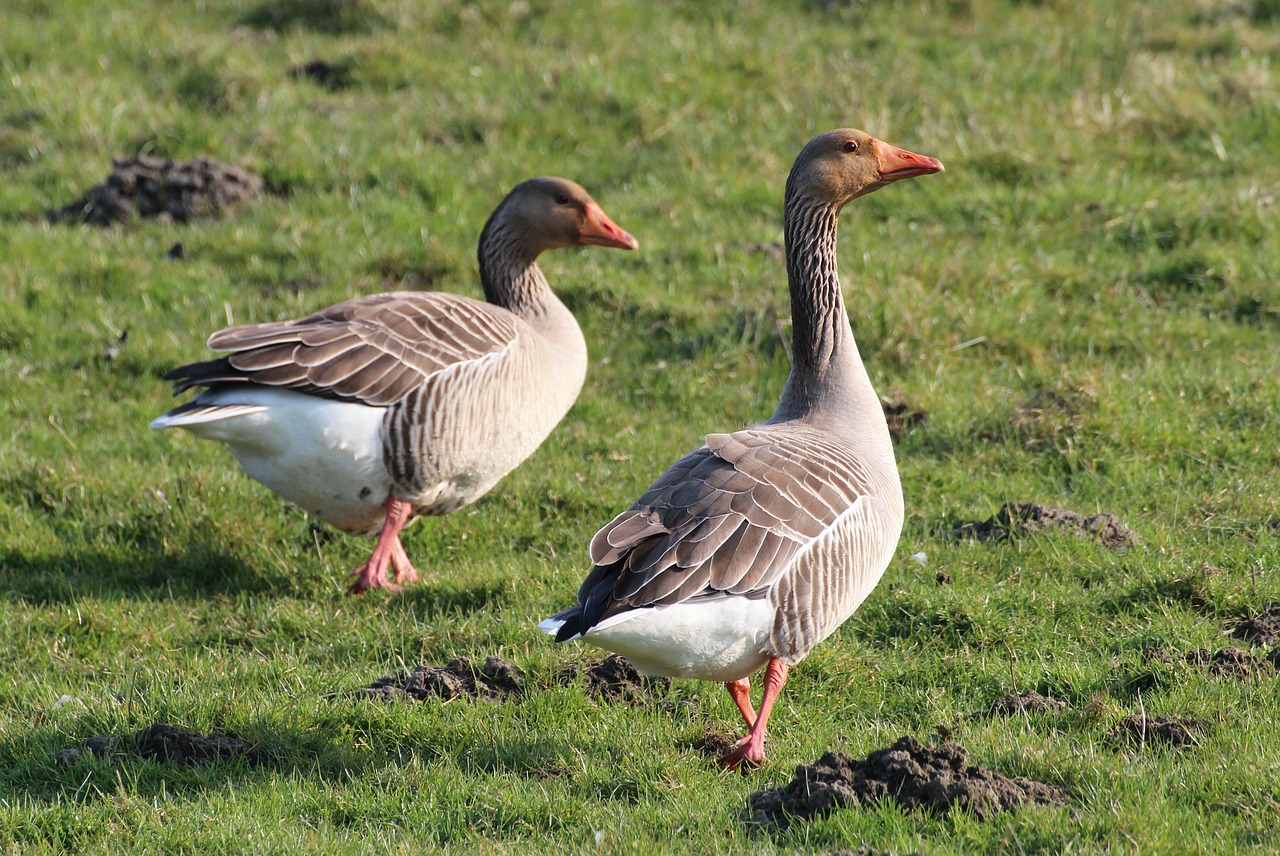Variation i överlevnad hos en växande grågåspopulation i Skåne, södra Sverige
DOI:
https://doi.org/10.34080/os.v3.23038Nyckelord:
populationsstudier, vinterekologi, rastplatser, dödlighet, jakt, hotAbstract
Based on resightings of neck-banded Greylag Geese, we calculated mean annual survival rates of 76% for juveniles, 74% for subadults and 83% for adults. The survival rate was significantly lower over the winters 1989/90 and 1990/91 than over the winters 1985/86—1988/89 and 1991/92 for adults (80 vs 87%). In the winters 1989/90 and 1990/91, hunting on Greylag Geese was intensive in southwestern Spain. Greylags wintering in the Netherlands (mainly the Dutch Delta) had significantly higher survival rates than birds wintering in southwestern Spain in both juveniles (90 vs 72%) and adults (94 vs 85%). Most losses occurred during autumn migration and just after arrival into the winter quarters.
Nedladdningar

Downloads
Publicerad
Referera så här
Nummer
Sektion
Licens
Författaren/författarna innehar copyright för varje enskilt bidrag, men samtliga bidrag är publicerade under en Creative Commons-licens, så att vem som helst kan dela och återanvända bidraget förutsatt att copyright-innehavaren erkänns.







